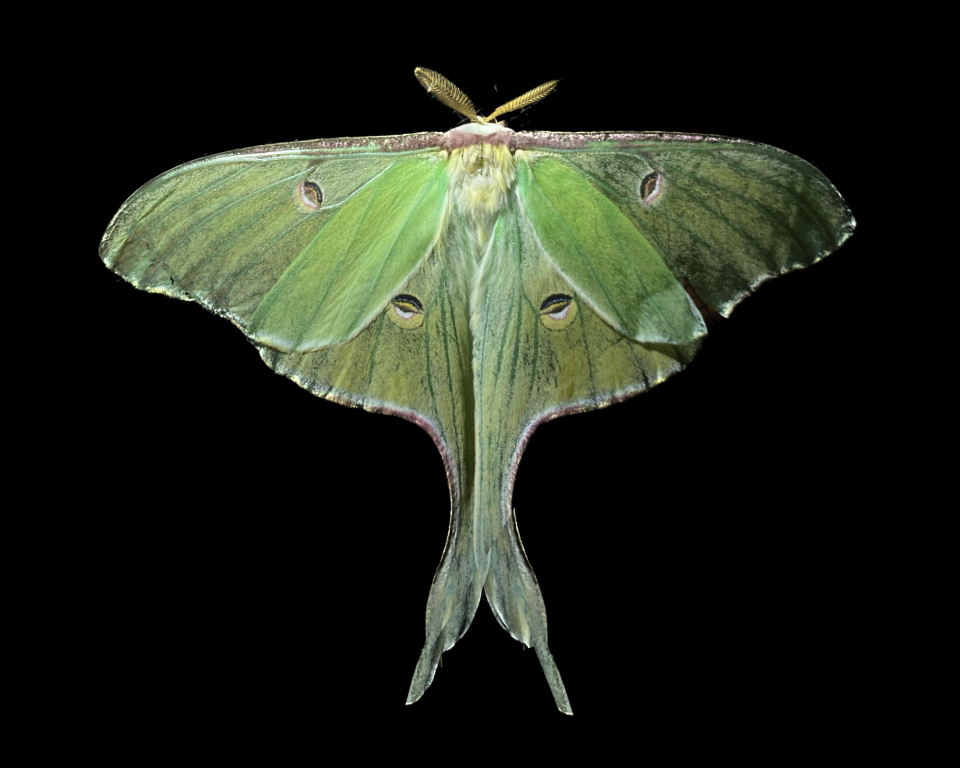Animals have been recycling for years | ECOVIEWS
How long has recycling been in vogue? A long, long time.
I was personally involved in a recycling program so long ago that Gen. Dwight Eisenhower had just been elected president. In those days, Coca-Cola and other soft drink companies would pay two cents for every bottle returned. I was one of many kids who never let a bottle in a ditch go unclaimed.
What a shame that such programs do not exist today. But Mother Nature’s worldwide recycling program has been around forever and goes on around us every day, each time an animal eats.
NICK SABAN COMMEMORATIVE BOOK: Relive Nick Saban’s epic Alabama football coaching career with our special book! Preorder here.
Many natural recycling processes are benign and do not make an observer uncomfortable. A squirrel eating acorns does not stir one’s emotions. On the other hand some higher trophic level actions elicit strong feelings.
A lion catching a gazelle or a rattlesnake biting a rabbit can bring forth revulsion, disgust or pity from some people. But that's life — and death. When humans get involved in the natural recycling process, the results can be unexpected, with consequences far different from those intended, and sometimes with a dramatic twist.
The following two incidents were especially memorable.
One natural recycling event occurred when my wife taught school. A kindergarten teacher encouraged students to bring in animals and plants for educational purposes. One student brought in a cocoon wrapped in a hickory leaf.
What an excellent learning opportunity. Leave the cocoon hanging from the twig, put it in the front of the room, have students check its development every few days. Nothing happens for a long time. Then, finally, a student notices that something is emerging and soon the students get to meet the cocoon’s resident, a luna moth, one of our most beautiful insects.

Magnificent does not overstate their appearance. Pale green, with a purple splash on the front wings and a spot that looks like an eye on each back wing. The trailing extensions on the rear wings are longer than those of swallowtail butterflies.
Recycling time. After putting the luna moth in a large jar (with air holes), the students went to lunch. When they returned it was time for the great event: releasing the moth into its home in the natural world. They even invited the other kindergarten class to come watch it fly away.
The teacher tilted the jar and the luna moth launched itself. A big sigh went up from the two classes as the graceful moth rose into the sky. The intake of breath a moment later was even louder as the students watched a blue jay swoop down and turn the moth into part of nature's recycling scheme. Perhaps the nature lesson was that luna moths fly at night to avoid birds.

Another recycling event was the result of an act of salvation. Steve Bennett of the South Carolina Department of Natural Resources was returning from a trip and saw a small red-and-black snake on the highway.
Recognizing it as a baby mud snake, one of the most beautiful and uncommon of Southern snakes, Steve stopped and picked it up to prevent it from becoming roadkill. Finding a mud snake is so unlikely that the event is always a special occasion for an ecologist.
Mud snakes live in swamps and other wetlands, but Steve saw neither on either side of the road, so he carried the snake with him until he came to a stream. Standing on the bridge, he pitched the little snake into the middle of the clear water. It had hardly touched the surface when it disappeared into the enormous maw of a largemouth bass that operates one of Mother Nature’s recycling bins disguised as a stream.
Don't feel bad about these natural, well, semi-natural, phenomena. Worse things could have happened, including being sprayed with pesticide, getting hit by a car or having their wetland habitat destroyed. At least in each of these cases another animal benefited from the recycling process.
Whit Gibbons is professor of zoology and senior biologist at the University of Georgia’s Savannah River Ecology Laboratory. If you have an environmental question or comment, email ecoviews@gmail.com.
This article originally appeared on The Tuscaloosa News: Animals have been recycling for years | ECOVIEWS

